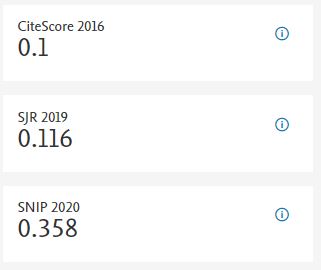A Comparative Study of Nine Mathematical Models to Analyse Economic Phenomena
Abstract
The study investigates the economic aspects of nine foundational mathematical models: Linear Regression, Taylor Series, Exponential Growth, Compounded Interest Formula, Logistic Growth, Solow-Swan Growth Model, Harrod-Domar Model, Cobb-Douglas Production Function, and the Phillips Curve. The applications of these models in economic forecasting, elucidating their commonalities and unique characteristics have been explored. Key assumptions sustaining these models are dissected, and the limitations inherent in each are critically evaluated. The article compares their roles in predicting diverse economic phenomena, from inflation rates to economic growth, and from investment requirements to production levels. To deal with general economic phenomena, advanced mathematical expressions for five models have also been provided.The study emphasizes the significance of understanding these models' strengths and weaknesses in making economic forecasts and concludes that no single model provides a panacea for predicting all economic phenomena.














